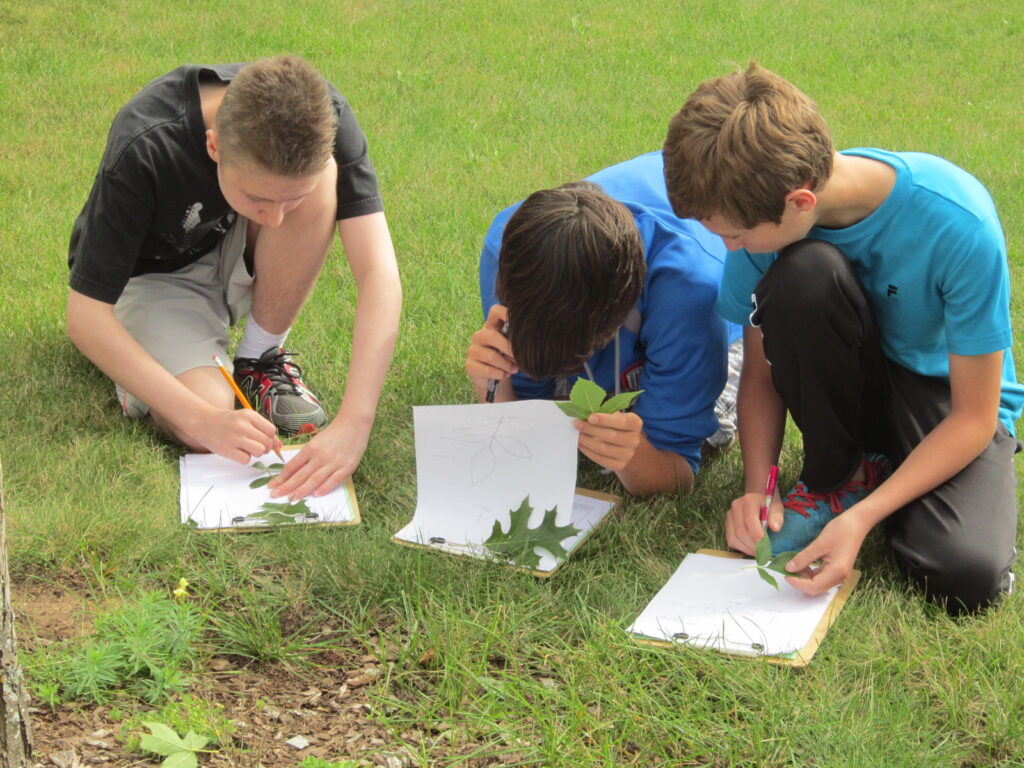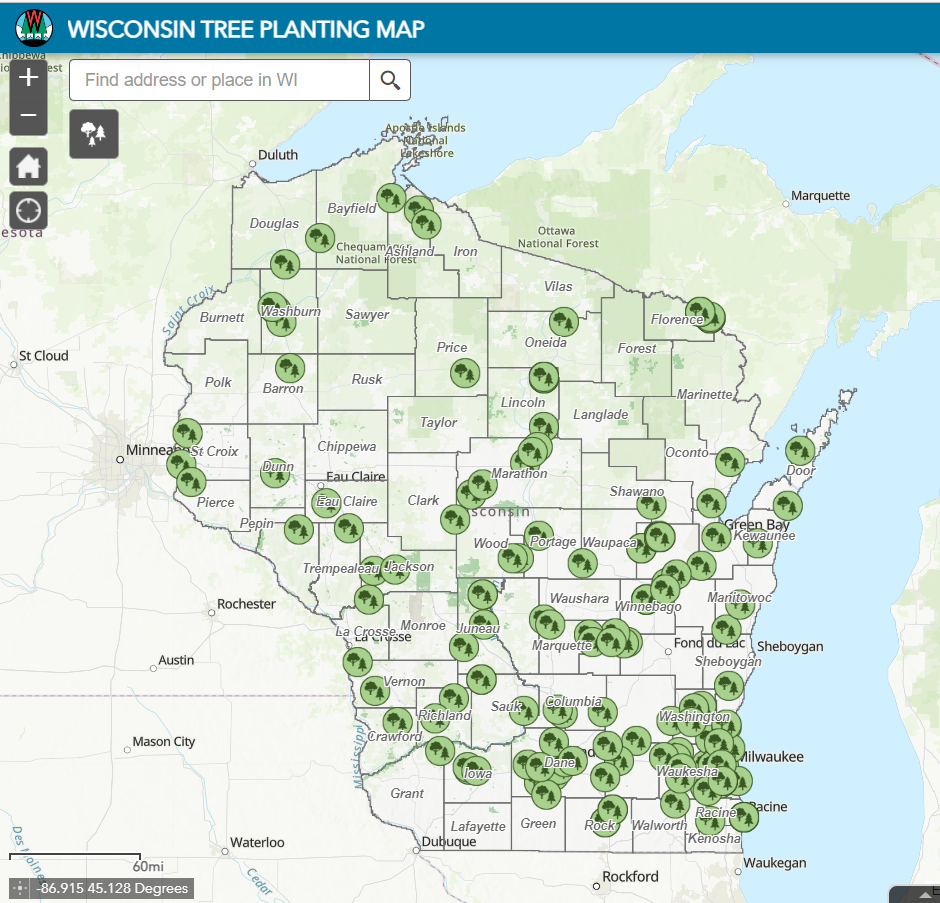 DNR Urban Forestry welcomes Jenn Janness to the team. She will be focusing on urban forestry outreach and supporting the Urban Forestry Council. Jenn shares this introduction of herself:
DNR Urban Forestry welcomes Jenn Janness to the team. She will be focusing on urban forestry outreach and supporting the Urban Forestry Council. Jenn shares this introduction of herself:
I have spent most of my career involved in outreach, training and nonprofit management. I worked at UW-Oshkosh as an AmeriCorps program director for many years before becoming a job skills instructor and then a program coordinator for a transitional housing program. Since 2021, I have been employed with the DNR at the Kettle Moraine Northern Unit and at Brule River State Forest as a Natural Resources Educator and Park and Rec Specialist. I look forward to learning more about urban forestry and combining my communications skills with my passion for conservation. Luckily, the Brule DNR had space so I can continue to enjoy beautiful views out of the windows of their historic building while I work! In my free time, I enjoy exploring the outdoors, crocheting and reading in my hammock. I love to travel so am looking forward to visiting different areas of the state as part of my new position!


 Autumn is a great time to plant trees. After the trees go in the ground, please take a few minutes to document the effort in the
Autumn is a great time to plant trees. After the trees go in the ground, please take a few minutes to document the effort in the